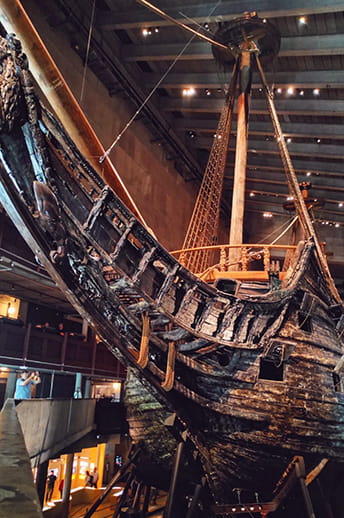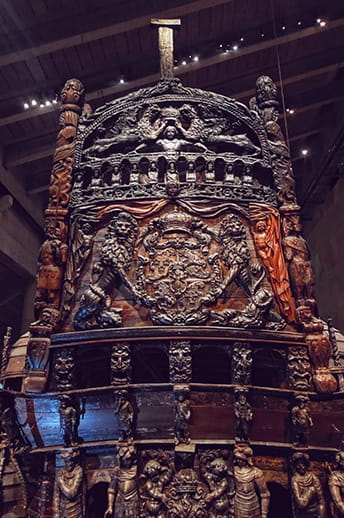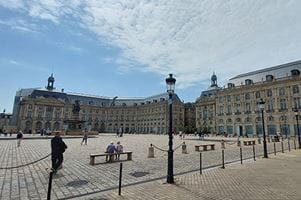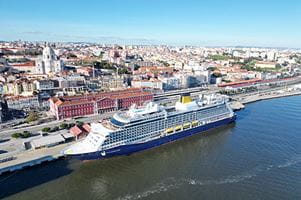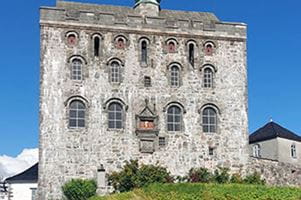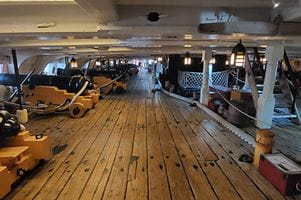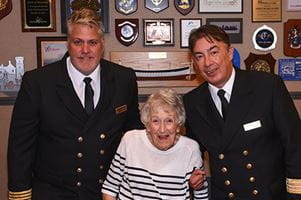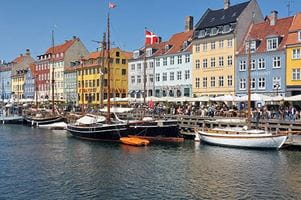Spirit of Discovery blog
Stockholm
6th August, 2022
Spirit of Discovery made fast to Stockholm cruise terminal at 0800 today after a scenic four-hour pilotage through the Stockholm Archipelago. Sweden’s capital city stretches across fourteen islands where Lake Mälaren flows into the Baltic, and thanks to a general lack of high-rise buildings it has a relaxed atmosphere compared to many European cities. The preservation of this is assured by the official “Board Of Beauty” or Skönhetsrådet, which meets monthly to inspect new building plans by evaluating them against their thirteen taste policies.
One of the most popular attractions Stockholm has to offer is the Vasa Museum, which exhibits a 17th Century Swedish warship that, like England’s Mary Rose, sank close to port and was preserved by the muddy seabed, along with much of her contents. These effects - including board games, clothes, weapons, and tools - gave archaeologists an unprecedented insight into the life of the sailors of the Swedish Navy.
So why did Vasa sink? Gun-ports were open and too close to the waterline, allowing significant water ingress when the ship was heeled over (tilted) during manoeuvring. She was too narrow, and her centre of gravity was too high to resist being heeled by moderate winds. Two teams of contractors worked on the vessel; the starboard team used the Swedish foot (12 inches) and the port team used the Amsterdam foot (11 inches). This resulted in the ship being heavier on her port side (to which she was heeled at the time of sinking) due to the narrower spacing between construction elements.
Nowadays ships are designed to stringent requirements for stability and watertight integrity. During operation our stability computer uses tank-level inputs to ensure a safe loaded condition, and all hull openings are closely monitored by efficient log-keeping. And, of course, our shipbuilders use the standard metre on both sides of the ship, as defined by the distance that light can travel in 1⁄299,792,458 of a second (apparently). We’ve come a long way since 1628
Kind Regards
Matthew English, Deck Cadet
The opinions expressed are those of the author and are not held by Saga unless specifically stated.
The material is for general information only and does not constitute investment, tax, legal, medical or other form of advice. You should not rely on this information to make (or refrain from making) any decisions. Always obtain independent, professional advice for your own particular situation.
